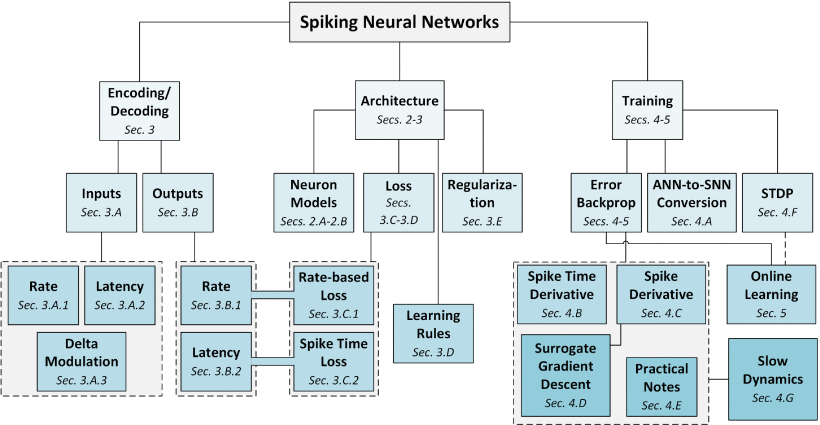Meet snnTorch: An Open-Source Python Package for Performing Gradient-based Learning with Spiking Neural Networks
In artificial intelligence, efficiency, and environmental impact have become paramount concerns. Addressing this, Jason Eshraghian from UC Santa Cruz developed snnTorch, an open-source Python library implementing spiking neural networks, drawing inspiration from the brain’s remarkable efficiency in processing data. The crux, highlighted in the research, lies in the inefficiency of traditional neural networks and their escalating environmental footprint.
Traditional neural networks lack the elegance of the brain’s processing mechanisms. Spiking neural networks emulate the brain by activating neurons only when there’s input, in contrast to conventional networks that continually process data. Eshraghian aims to infuse AI with the efficiency observed in biological systems, providing a tangible solution to environmental concerns arising from the energy-intensive nature of current neural networks.
snnTorch, a pandemic-born passion project, has gained traction, surpassing 100,000 downloads. Its applications range from NASA’s satellite tracking to collaborations with companies like Graphcore, optimizing AI chips. SnnTorch is committed to harnessing the brain’s power efficiency and seamlessly integrating it into AI functionality. Eshraghian, with a chip design background, sees the potential for optimizing computing chips through software and hardware co-design for maximum power efficiency.
As snnTorch adoption grows, so does the need for educational resources. Eshraghian’s paper, a companion to the library, serves a dual purpose: documenting the code and providing an educational resource for brain-inspired AI. It takes an exceptionally honest approach, acknowledging the unsettled nature of neuromorphic computing, sparing students frustration in a field where even experts grapple with uncertainty.
The research’s honesty extends to its presentation, featuring code blocks—a departure from conventional research papers. These blocks, with explanations, underline the unsettled nature of certain areas, offering transparency in an often opaque field. Eshraghian aims to provide a resource he wished he had during his coding journey. This transparency resonates positively with reports of the research used in onboarding at neuromorphic hardware startups.
The research explores the limitations and opportunities of brain-inspired deep learning, recognizing the gap in understanding brain processes compared to AI models. Eshraghian suggests a path forward: identifying correlations and discrepancies. One key difference is the brain’s inability to revisit past data, focusing on real-time information—an opportunity for enhanced energy efficiency crucial for sustainable AI.
The research delves into the fundamental neuroscience concept: “fire together, wired together.” Traditionally seen as opposed to deep learning’s backpropagation, the researcher proposes a complementary relationship, opening avenues for exploration. Collaborating with biomolecular engineering researchers on cerebral organoids bridges the gap between biological models and computing research. Incorporating “wetware” into the software/hardware co-design paradigm, this multidisciplinary approach promises insights into brain-inspired learning.
In conclusion, snnTorch and its paper mark a milestone in the journey toward brain-inspired AI. Its success underscores the demand for energy-efficient alternatives to traditional neural networks. The researcher’s transparent and educational approach fosters a collaborative community dedicated to pushing neuromorphic computing boundaries. As guided by snnTorch insights, the field holds the potential to revolutionize AI and deepen our understanding of processes in the human brain.
Check out the Paper and Project. All credit for this research goes to the researchers of this project. Also, don’t forget to join our 33k+ ML SubReddit, 41k+ Facebook Community, Discord Channel, and Email Newsletter, where we share the latest AI research news, cool AI projects, and more.
If you like our work, you will love our newsletter..
![]()
Madhur Garg is a consulting intern at MarktechPost. He is currently pursuing his B.Tech in Civil and Environmental Engineering from the Indian Institute of Technology (IIT), Patna. He shares a strong passion for Machine Learning and enjoys exploring the latest advancements in technologies and their practical applications. With a keen interest in artificial intelligence and its diverse applications, Madhur is determined to contribute to the field of Data Science and leverage its potential impact in various industries.
Credit: Source link


Comments are closed.